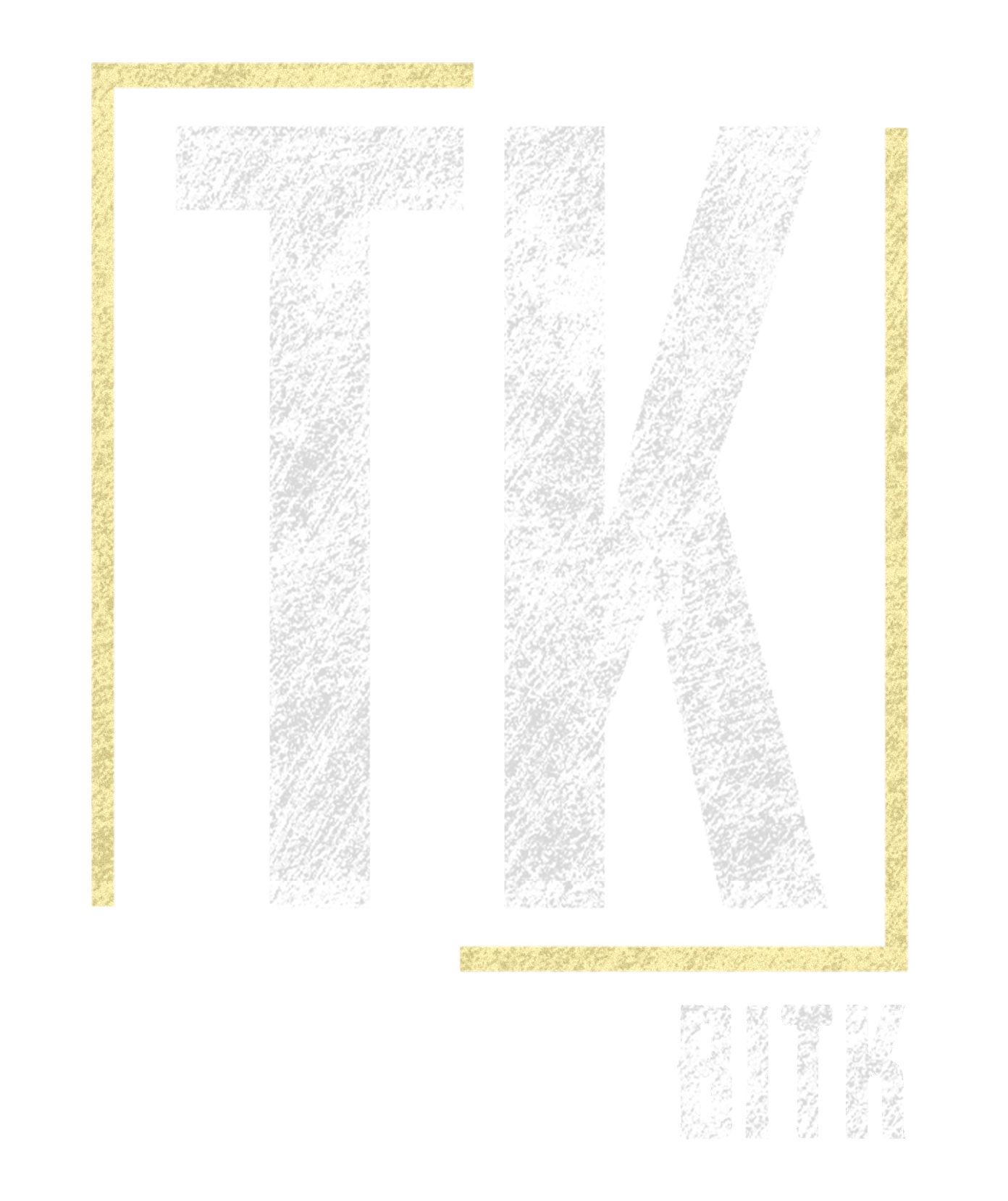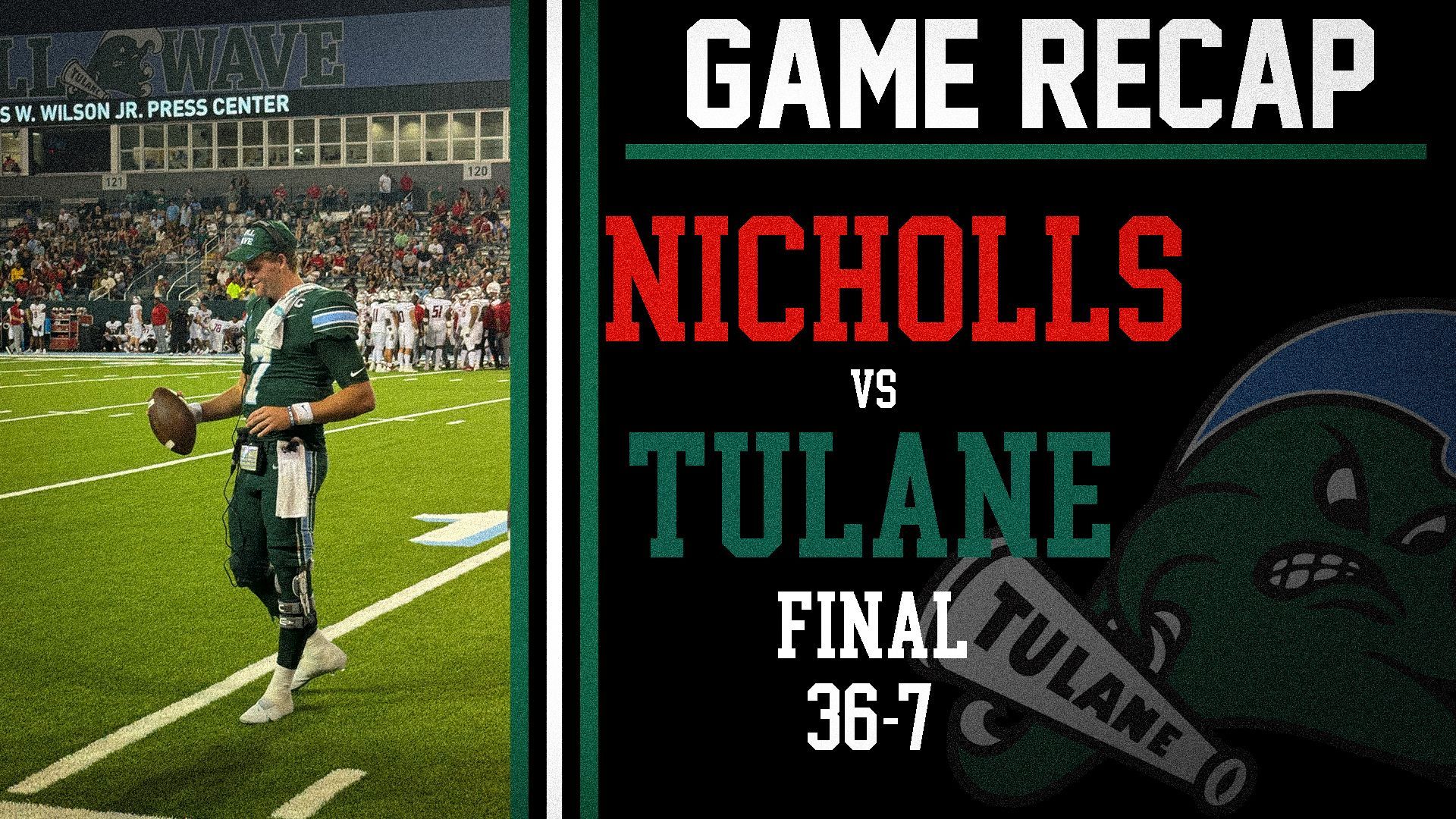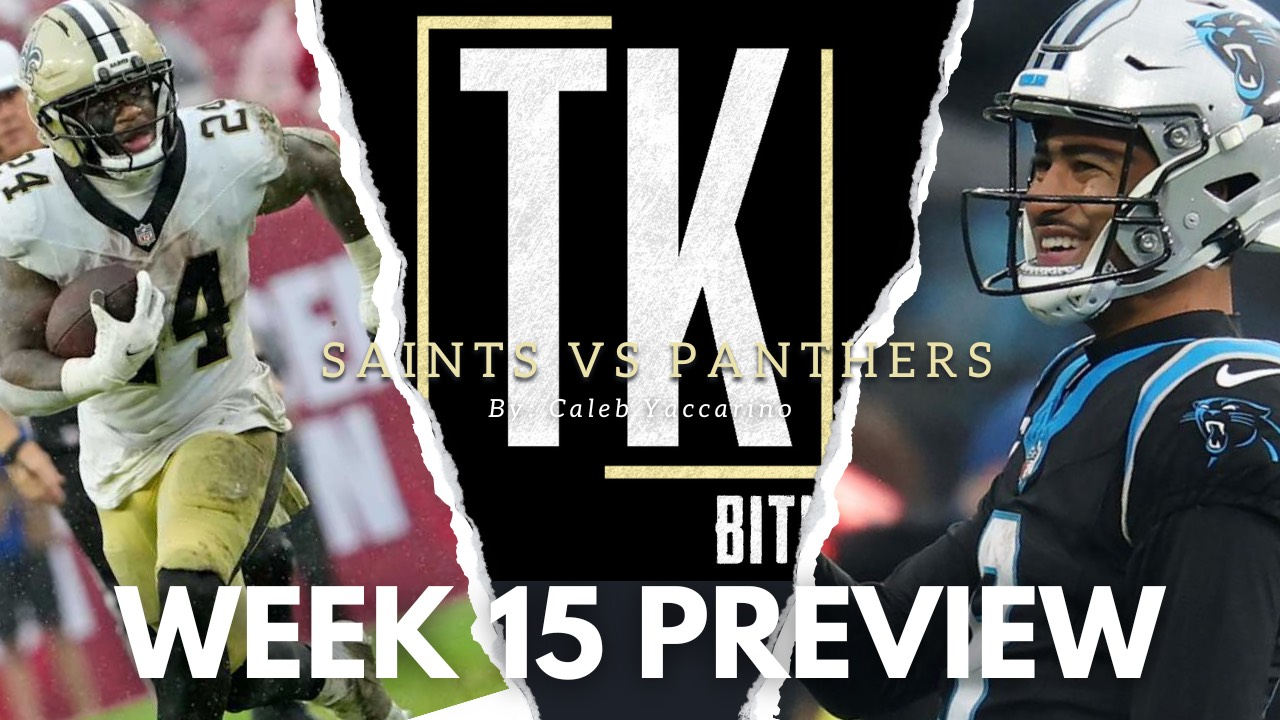Nicholls vs. Tulane Recap
Over the weekend, Nicholls traveled to Uptown to take on the Green Wave. The night would end up being one to remember for many reasons, and while the two schools’ seasons may be heading in different directions, I think Coach Fritz and his players would admit that Nicholls certainly put up a more than respectable fight. If you were to only look at the box score for this game you would assume that Tulane dominated this game from start to finish, and in some ways they did. Tulane won the game 36-7, and some members of the third unit even got to see the field. However, Nicholls was able to present some challenges for the Green Wave and give them some things to work on heading into conference play.
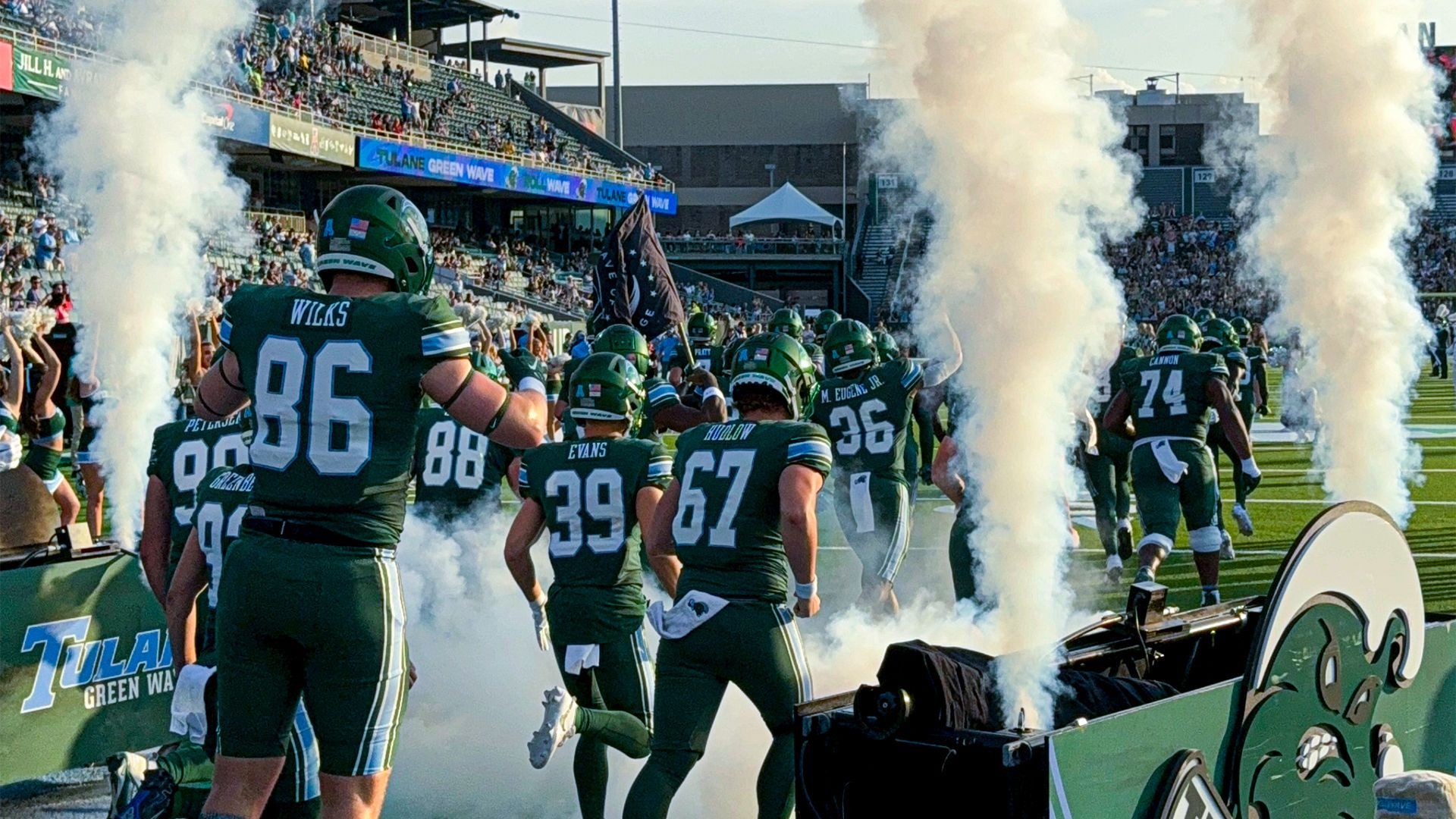
The biggest moment of the night came in the first quarter when quarterback Michael Pratt dropped back and connected with Lawrence Keys up the right sideline for a long touchdown pass to become Tulane’s All-Time Passing Touchdown Leader. That pass was touchdown pass number 73 which broke the previous record held by Patrick Ramsey. Pratt and Keys would connect again later in the game to extend the record to 74 touchdowns. What an incredible accomplishment and moment for Michael Pratt. He has done everything the right way and has been instrumental to making Tulane Football the respected program it’s become. We’ll see Michael Pratt playing on Sundays in the future, and his mindset is already that of a pro. In the postgame press conference Pratt said breaking the record was, “A pretty cool experience,” but quickly followed that with, “We’re just focused on trying to do whatever we can to win ball games, and whatever we can do to help the team.”
This was Michael Pratt’s first game back from injury after missing the last two weeks, and I’d say he looked like he was moving very well. There wasn’t any moment in the game where I felt his play was being hindered. It’s a good thing he was able to move around and escape the pocket, because he needed to do so often. Nicholls did a very good job of getting pressure on Pratt throughout the entirety of his time in the game. It was concerning how often he was taking hits given that he was coming off injury, but he made it through the game without issue in that regard. However, after the amount of hits that Pratt took, one can assume that protecting the quarterback will be the number one focus heading into conference play next week. It felt like Pratt was under pressure often which led to us getting a glimpse of something he's been working on, an unorthodox headfirst dive. Pratt, like most quarterbacks, will use a feet first baseball slide to avoid taking hits. However, Pratt mentioned he’s been practicing the headfirst dive due to his knee injury and trying to avoid making it, “feel weird.” It’s something worth keeping an eye on moving forward.

Sticking with the offense, another minor concern coming out of this game was that it felt like the running game never really found a groove. Makhi Hughes did average almost six yards per carry, but it never felt like there was any rhythm to the running game which made it feel ineffective at times. Again, credit to Nicholls’ defensive line for stepping up and causing issues for the Green Wave in both the running and passing game. The first three games of the season I thought the running game was operating at a much higher level, so I tend to believe that this game will be more of an outlier as the season goes on. I would expect Coach Fritz to get back to that run-first offense he’s known for next week.
Switching gears, this Green Wave defense came to play just as they have all season. The dominance from Tulane on the defensive side of the ball is what made it feel like Nicholls was never really in this ball game. This group has yet to allow an opponent to rush for more than 2.5 yards per carry this year, and they will win a lot of games if they continue to force opponents to be one dimensional. Coach Fritz said this team emphasizes creating turnovers, and that was never more evident than this week. Four players grabbed interceptions this week in Jarius Monroe, Jesus Machado, Gabe Liu, and Lance Robinson.
For Lance Robinson, his career season continues. This was interception number three on the season already which ties him for the lead in all FBS. His counterpart Jarius Monroe gets a lot of attention, and rightfully so, but Lance has already made his mark this year and established himself as one of the best cornerbacks in all of college football. He attributes his success to preparation saying, “My preparation is top notch for me. It’s my sixth year. If I haven’t seen every coverage, every concept, every receiver then that’s on me.” He also touted the belief and trust the unit has in Defensive Coordinator Shiel Wood. While Michael Pratt may be the focal point of this Green Wave team, this defense will be just as important in determining how far this team goes and whether they can repeat as AAC Champions.
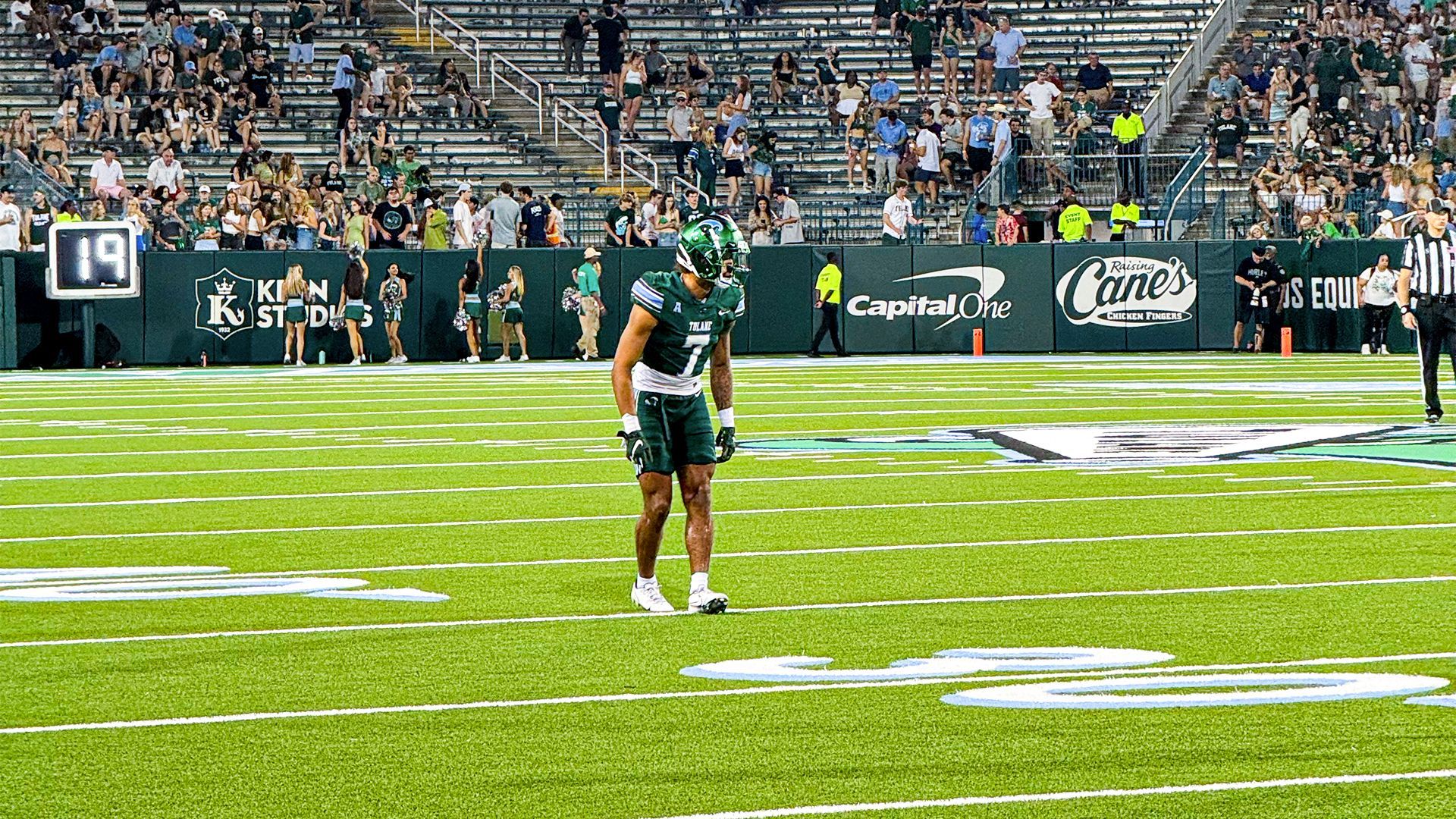
One last thing that I think needs to be talked about is the impact of senior receiver Jha’Quan Jackson. While this game was quiet for him as a receiver, he made his impact felt in the return game with a huge return in the first half that was one block away from being a touchdown. Currently, Jha’Quan is 10th in FBS averaging 15.2 yards per punt return. He’s also been a major contributor on offense with 230 yards receiving and four touchdowns. Jha’Quan is a gamebreaker in every sense of the word, and every good team needs one of those guys. When those big moments come as the season goes on, I expect Jha’Quan to be the one who takes over the moment.
Overall, this was a great performance by the Green Wave. Of course, there’s some things that can improved on like the pass protection and establishing the running game. I also think it was good for Michael Pratt to shake some of the rust off. Even with the loss to Ole Miss, Tulane has looked every bit as dominant as last year. Conference play begins next week with UAB, so the Green Wave will get their chance to show whether the AAC still belongs to them or not. UAB travels to Yulman this Saturday (9/30), to face off with Tulane at 11:00 am.

Follow Dave on X
A quick share helps us a lot!

